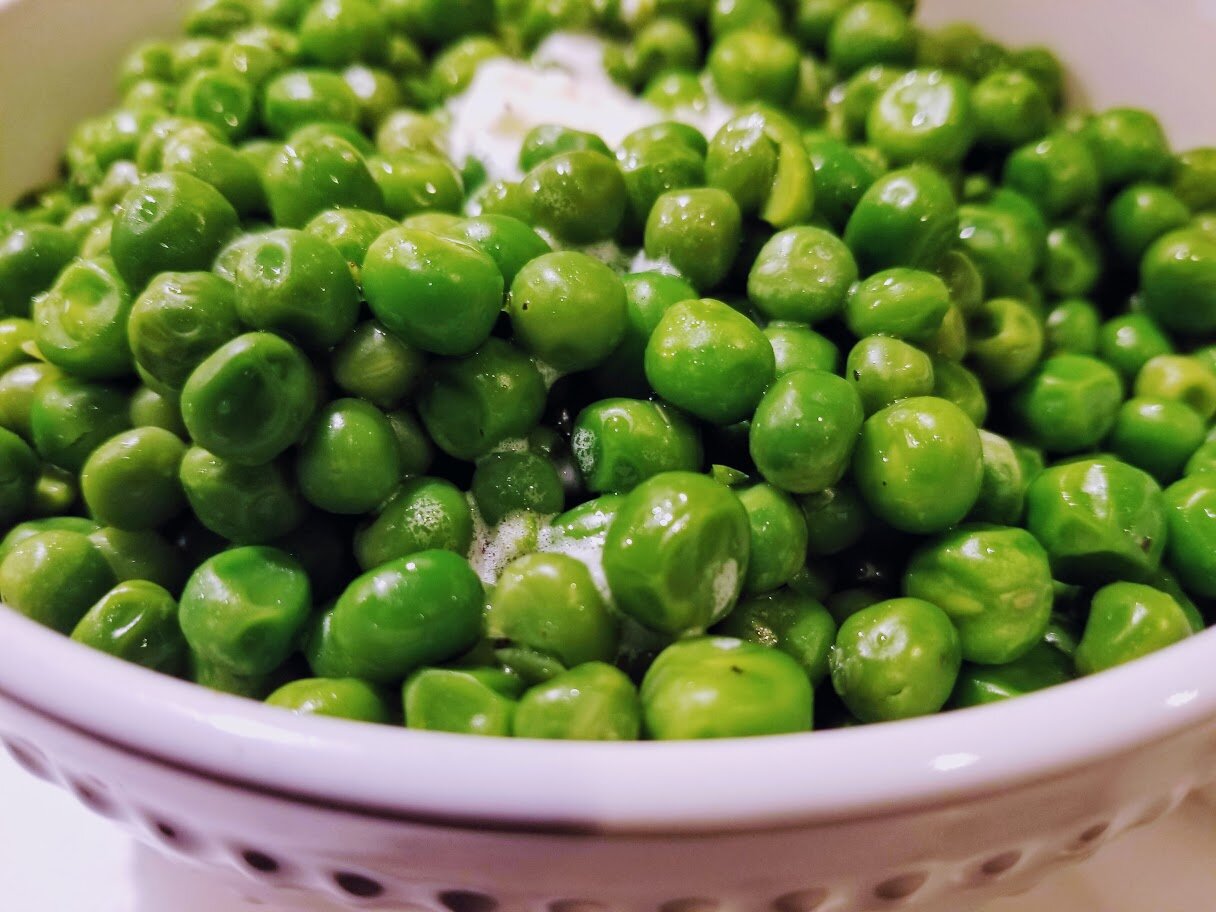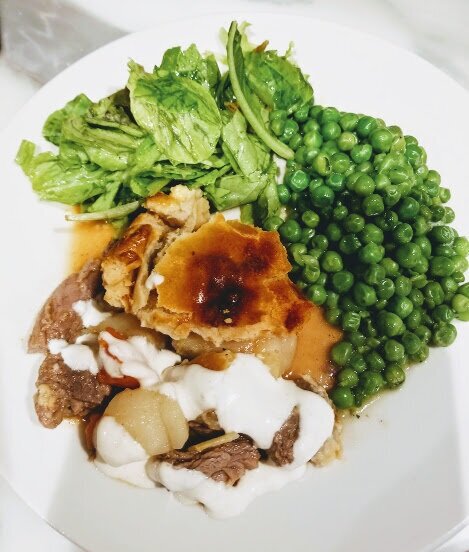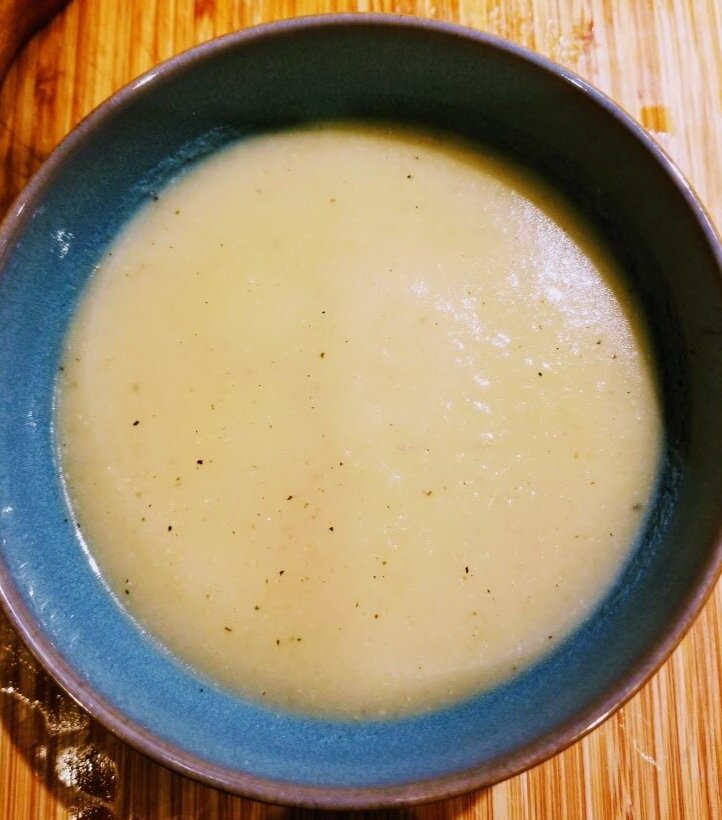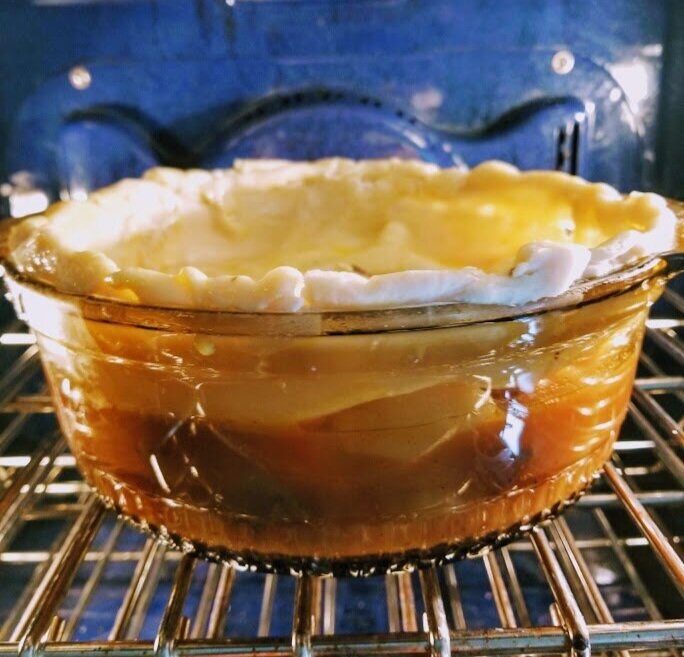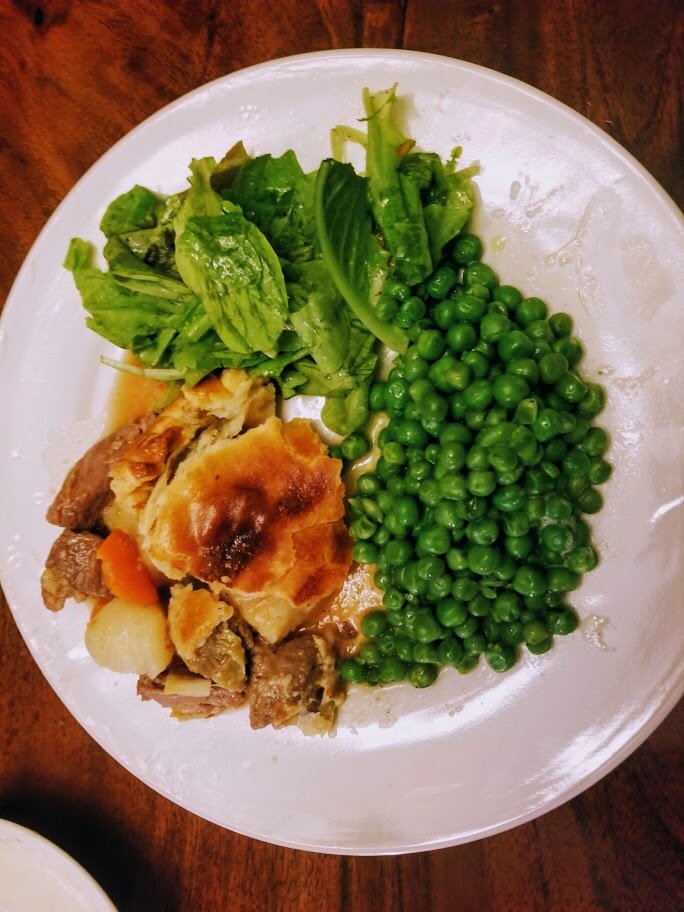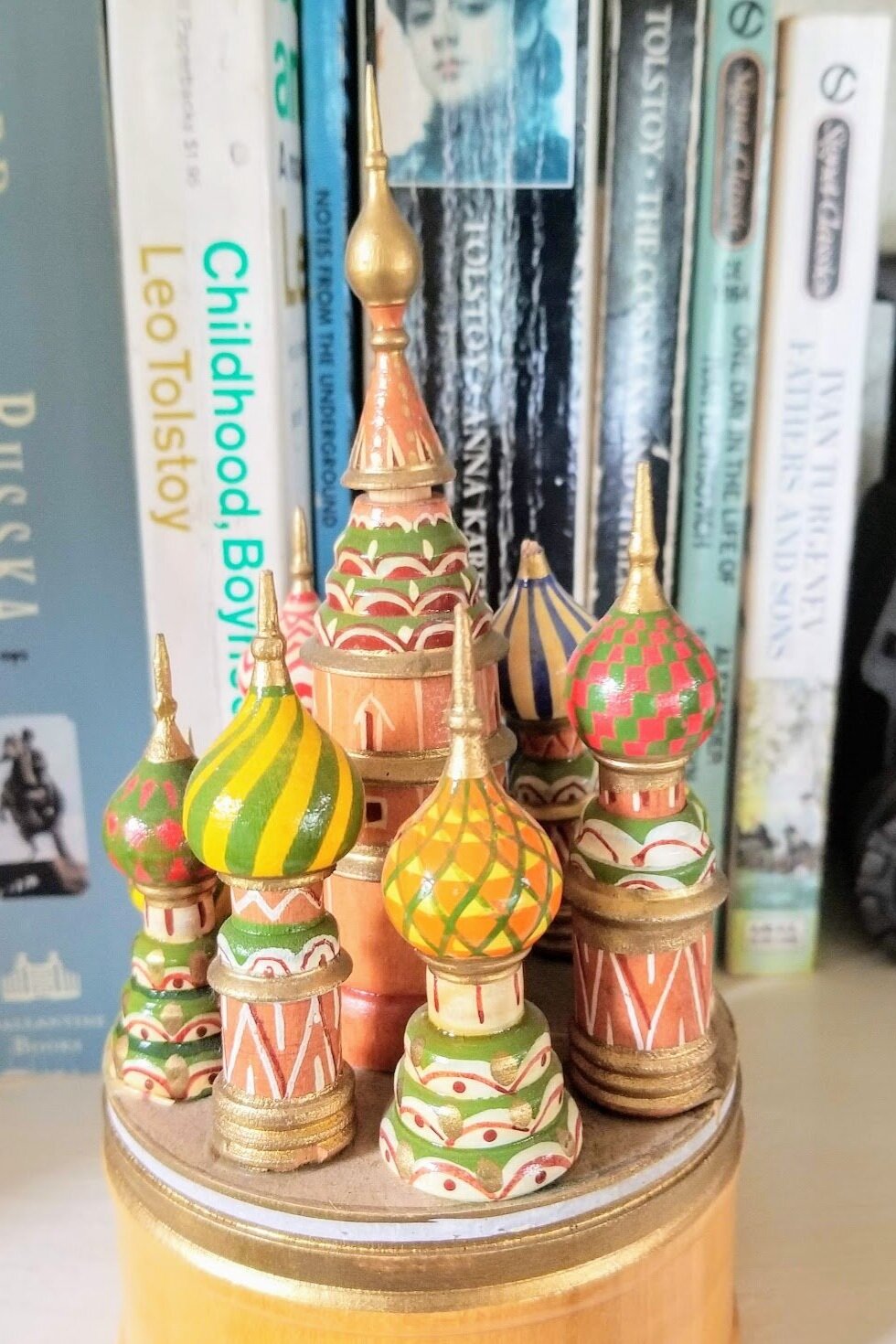Undine’s Disappointing Dinner
So it’s a been a month back to school in our house, and I finally have some time today to sit down and cook a real meal and finish another entry! I am sure you have all been just as busy, and I hope you are all faring well.
As I mentioned earlier, in the entry for Peach Melba from The House of Mirth, Edith Wharton is one of my absolute favorites. I can read her over and over, and continue to find new things that delight me. The Custom of the Country is, I think, one of her most vibrant pieces of writing. In this novel Wharton explored the nature of wealth, as well as socials mores, expectations and hierarchies, as all of these things play out during one woman’s youth during New York’s Gilded Age. You can feel Wharton’s disapproval through the page as she describes nouveau riche midwestern transplants, the Spragg family, trying to climb their way into old-money New York society. Their daughter Undine has been blessed with extraordinary good looks, but is sorely lacking in finesse, and has a vulgar and unrefined idea of what passes for “fashion” and “style”. Most of her ideas have been gleaned from the Sunday gossip columns, but as Undine steadily claws her way through the doors of Fifth Avenue brownstones, she begins to understand that she needs to leave (fictional) Apex City behind, and cultivate a more cosmopolitan world view. She changes her language, her expressions, her clothing- even begins to leave her parents behind at social functions, as she considers them too old to be able to adopt the New York way of living. In contrast to The House of Mirth, where Lily Bart starts at the top and spirals downward, in this novel Undine Spragg has nowhere to go but up. It is comical, and also cringe-inducing, to watch her get there. And yet for all her ups and downs, she remains as acquisitive and avaricious in the last chapter as the first. She makes great strides in her personal life, but seems to have learned nothing of value, or attained any kind of substance to her character. There is a lot to unpack in this novel about the nature of a woman’s worth and power, and how worth and power were measured and used.
Wharton puts Undine’s lack of sophistication on display very early in the novel. Invited to the Fairford’s for dinner, at their Washington Square house, Undine is so backward that she doesn’t even realize she is seeing how the best of the better half lives. The Fairford’s understated class and polish appears dreary and old- fashioned, and Undine is quite put out:
Though she would not have for the world owned it to her parents, Undine was disappointed in the Fairford dinner.
The house, to begin with, was small and rather shabby. There was no gilding, no lavish diffusion of light: the room they sat in after dinner, with its green-shaded lamps making faint pools of brightness, and its rows of books from floor to ceiling, reminded Undine of the old circulating library at Apex, before the new marble building was put up. Then, instead of a gas-log, or a polished grate with electric bulbs behind ruby glass, there was an old- fashioned wood-fire, like pictures of “Back to the farm for Christmas”; and when the logs fell forward Mrs. Fairford or her brother had to jump up to push them in place, and the ashes scattered over the hearth untidily.
The dinner too was disappointing. Undine was too young to make note of culinary details, but she expected to view the company through a bower of orchids and eat pretty- colored entrees in ruffled papers. Instead, there was only a low center-dish of ferns, and plain roasted and broiled meat that one could recognize- as if they’d been dyspeptics on a diet! With all the hints in the Sunday papers, she thought it dull of Mrs. Fairford not to have picked up something newer; and as the evening progressed she began to suspect that it wasn’t a real “dinner-party”, and that they had just asked her in to share what they had when they were alone.
Undine was not able to make note of the details, but fortunately I was able to find a newspaper article from 1893 describing for the reader how New York society dined at home- and it exactly matches Wharton’s depiction. (Wharton of course, was a born- and- bred member of New York society herself.)
The article, from the December 12 issue of the The Democrat from Warren, Pennslyvania, was headlined Humble Dinners: Those Eaten by the Astors and the Vanderbilts, and described how the rich ate just like the rest of us, with simple meats, soups, and vegetables, and with their favorite dishes on repeat:
No misconception concerning the very wealthy class is more prevalent among the poor than that “they live off the fat of the land”. Even people of comfortable incomes would be surprised to learn that men such as John Jacob Astor, John D. Rockefeller, and Cornelius Vanderbilt, eat no better dinners, as a rule (so far as the food is concerned) than do fathers of families whose annual incomes are from $1,500 to $5,000.
According to The Democrat, a favorite meal in the Astor house was roasted veal or lamb pot pie, soup, oysters on the half shell, and salad followed by pie, pudding, or preserved fruit. The Vanderbilts frequently enjoyed a dinner of pureed soup, mutton, potatoes, peas, claret, bread pudding and coffee.
So, tonight we dined like the Astors, and it was easier than some of the other dishes I have prepared for this blog! Pureed onion soup, lamb pot pie. Buttered, minted peas, and salad. It was terrific and all five of us finished every bite. (We ended the night with cookies ‘n cream ice cream and chocolate chip cookies: preserved fruit and claret just didn’t go with our pre-Halloween viewing of Hocus Pocus.)
Lamb pot pie with a horseradish sauce, buttered peas and salad.
To start with the onion soup- this was delicious and so easy. A must for onion lovers! And a nice change from the traditional cheesy French onion soup.
I sliced 2 Vidalia onions and sweated them very slowly in olive oil, butter and white wine, salt and pepper. It took about 30 minutes for them to become translucent and limp. Do not brown them! Put your burner on the lowest setting possible and use the thickest bottomed pot you have.
Next you can add enough stock or water to cover, and puree with a stick blender. That is it. I was going to add cream, but decided I didn’t need to- I am sure it would be delicious if you wanted to go that way.
I drizzled it with a little rosemary oil (after I took the picture). You could use cream or creme fraiche or garnish with whatever herbs you’d like, or croutons. It would all be delicious.
For the lamb pot pie, I was in a bit of a quandary because I had my heart set on making it and there was no lamb stew meat at the grocer. I didn’t want to use ground. So I bought a few inexpensive shoulders and braised them for about 30 minutes with rosemary and chicken broth, (salt and pepper to taste.) Then I took the meat off the bones, put it aside, and let the broth sit for about an hour with no lid. As it cooled, the fat rose to the top and I was able to skim it off. To me, lamb broth is fatty, so I always do this, but it is your personal preference.
Simmering vegetables. Add your cooked lamb just before it goes in the oven.
After I had a nice clear broth, I added some sliced leek, white and light green parts only (wash your leeks well!), thickly cut carrots, and quartered red potatoes. (For this you can use what you like: parsnips, turnips, celery, etc.) I simmered the vegetables until they were just short of done, and then added my meat to the pot and adjusted the seasonings. I added a few tablespoons of tomato paste, and I also whisked in a few teaspoons of flour to get the broth to the thickness that I wanted.
I transferred this to a pot small enough that I could put my pie crust on top.
Do you see how I have the crust unrolled here on the smaller cutting board? I was able then to just flip it onto the cooking dish, easy peasy. Make sure to brush the crust with a generous amount of beaten egg for a nice brown crust.
Reader, I must admit: I was going to make my own, but after I found one lonely frozen pie crust in the freezer, I said what the heck. ( I think it was partner to the crust I used in the mushroom tart, for the Thomas Cromwell entry!)
The Astor’s cook probably made a beautiful pie crust out of suet and cake flour, but I went with the “defrost and unroll” method today.
I brushed the crust with an egg wash, cut slits to let the steam out, and cooked the pie in the oven according to the package directions for the crust, which were, for me, 30 minutes at 400 degrees. You might need to put foil on the edges to keep the crust from burning.
This was really good. I’m not kidding. I made a quick sauce out of horseradish, mayo, and cream. You could substitute buttermilk or yogurt for your dairy.
We were in such a rush to eat that I didn’t wipe down the edges of the plate for the picture. I think you will forgive me. Try this on a cold fall day and eat like an Astor!


